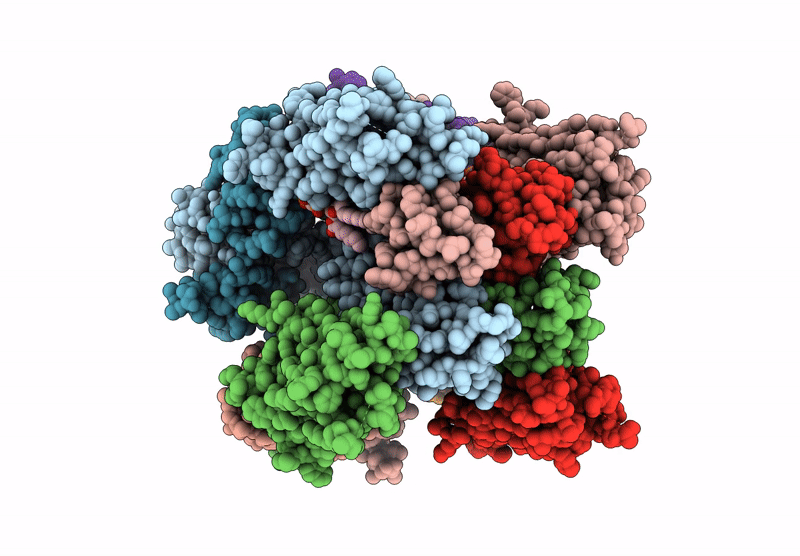
Deposition Date
2025-06-09
Release Date
2025-08-20
Last Version Date
2025-11-19
Entry Detail
PDB ID:
9VEN
Keywords:
Title:
structure of human KCNQ1-CaM-PIP2 complex with bent conformation
Biological Source:
Source Organism:
Homo sapiens (Taxon ID: 9606)
Host Organism:
Method Details:
Experimental Method:
Resolution:
3.80 Å
Aggregation State:
PARTICLE
Reconstruction Method:
SINGLE PARTICLE


